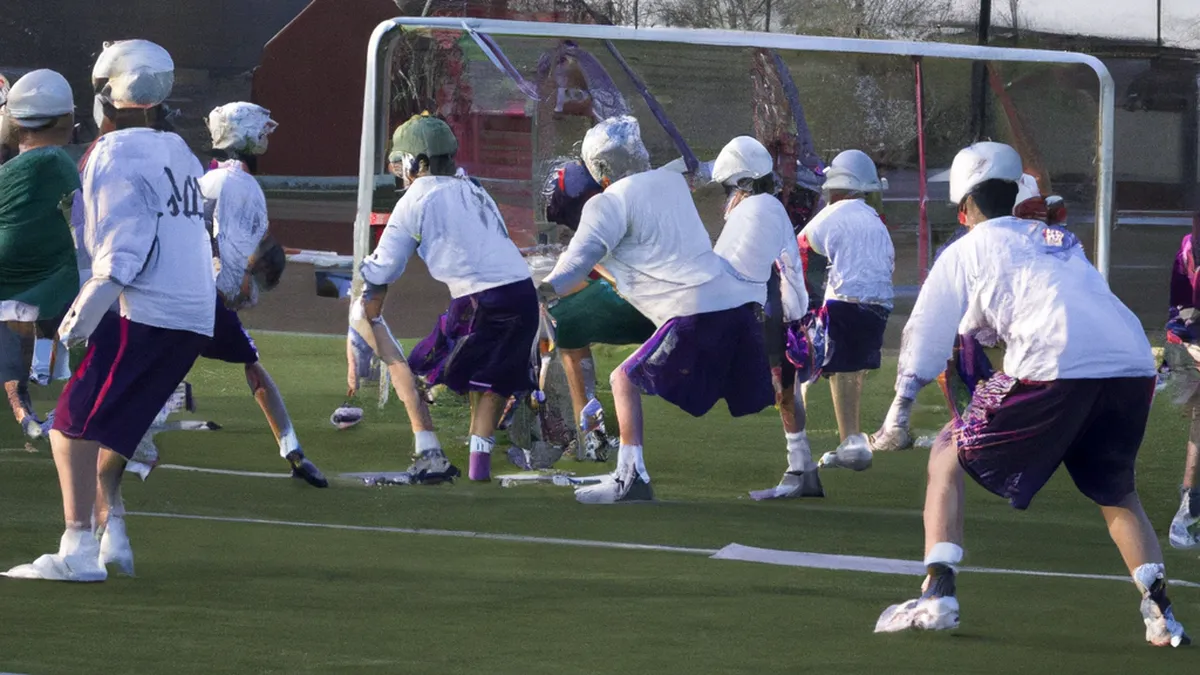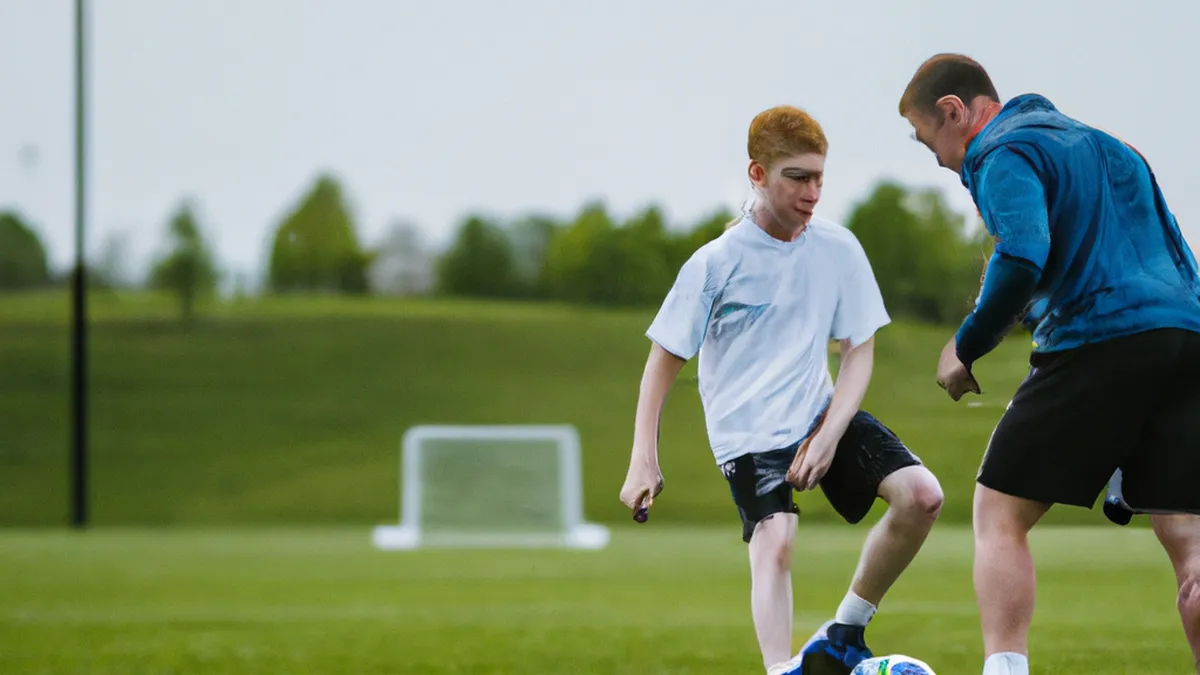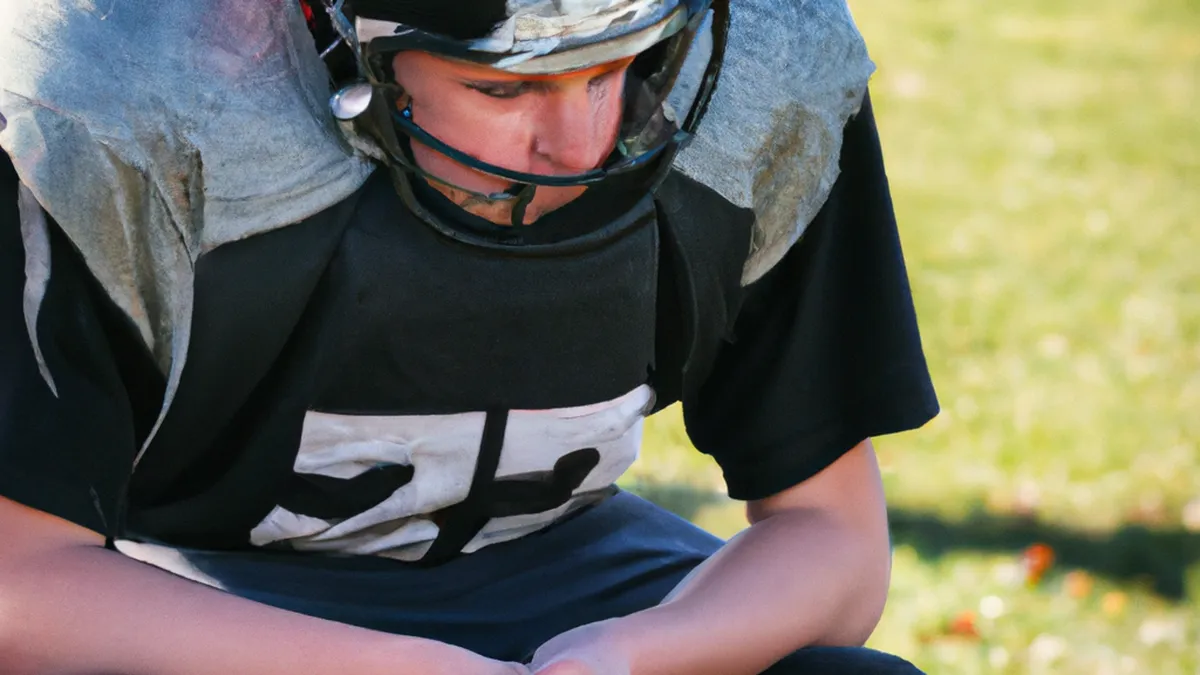Fostering Skill Development in Young Pitchers
Techniques for Teaching Effective Pitching Mechanics to Youth
Teaching young athletes pitching is exciting yet challenging. Good pitching mechanics ensure success in baseball or softball. Proper techniques also prevent injuries as young pitchers grow. This post explores effective techniques for teaching pitching mechanics to youth.
Understanding Pitching Mechanics
Before teaching techniques, understand basic pitching mechanics. The pitching motion includes the wind-up, delivery, and follow-through. Each component ensures accuracy and power.
The Wind-Up
The wind-up sets the stage for the pitch. It builds momentum for the pitcher. Teach youth to start with feet shoulder-width apart for balance. Encourage them to use their non-throwing arm to point toward the target for alignment.
The Delivery
The delivery phase transfers energy from legs to arm. Instruct them to bend their knees slightly for better weight transfer. As they stride forward, they should push off the rubber with their back foot to generate power.
When the front foot lands, the throwing arm should form a 90-degree angle for optimal energy transfer. Encourage pitchers to focus on their hand position, keeping the ball comfortably in their throwing hand.
The Follow-Through
The follow-through completes a successful pitch. It maintains balance and reduces stress on the arm. Teach young pitchers to finish with their throwing hand following their arm path for better body control.
Tips for Teaching Pitching Mechanics
Helping youth master pitching mechanics requires patience. Here are practical tips to enhance your teaching:
1. **Use Visual Aids**: Demonstrate each component with video clips or slow-motion demonstrations. Visual aids help young pitchers grasp mechanics.
2. **Break It Down**: Focus on one component at a time. Dedicate one practice to the wind-up and another to the delivery.
3. **Incorporate Drills**: Use drills focusing on specific mechanics. Practice balance drills during the wind-up. Engage them with fun, competitive drills.
4. **Provide Immediate Feedback**: Offer constructive feedback during practice. Highlight strengths and areas for improvement to encourage learning.
Advice for Encouraging Young Pitchers
Motivation is essential when teaching young athletes. Here are strategies to keep them engaged:
1. **Set Realistic Goals**: Help pitchers set achievable goals. Celebrate small victories to boost their confidence.
2. **Foster a Positive Environment**: Create a supportive atmosphere where mistakes become learning opportunities. Encourage a growth mindset.
3. **Encourage Teamwork**: Emphasize the importance of teamwork. Encourage pitchers to support each other and share tips for camaraderie.
Benefits of Teaching Effective Pitching Mechanics
Teaching youth proper pitching mechanics offers numerous benefits. First, it helps athletes develop skills for games. Accurate and powerful pitches significantly improve performance.
Second, mastering mechanics reduces injury risk. Poor mechanics often lead to overuse injuries in young pitchers. Teaching the right way protects their developing bodies.
Finally, effective pitching mechanics build confidence. Young pitchers who understand their craft feel self-assured on the mound. This confidence drives their passion for the game.
Conclusion
Teaching effective pitching mechanics to youth requires dedication and thoughtfulness. By breaking down pitching components and using engaging techniques, you can help young athletes develop skills. Provide encouragement and celebrate progress. The skills they learn will improve performance and foster a love for the game.
Below are related products based on this post:
FAQ
What are the basic components of pitching mechanics that young athletes should learn?
The basic components of pitching mechanics include the wind-up, delivery, and follow-through. Each element plays a crucial role in ensuring accuracy and power while preventing injuries.
How can I keep young pitchers motivated while teaching them pitching mechanics?
To keep young pitchers motivated, set realistic goals and celebrate their small victories. Create a positive environment where mistakes are seen as learning opportunities, and encourage teamwork among pitchers to foster camaraderie.
What are some effective teaching techniques for imparting pitching mechanics to youth?
Effective teaching techniques include using visual aids like video demonstrations, breaking down the pitching process into manageable components, incorporating specific drills, and providing immediate constructive feedback during practice.















Post Comment